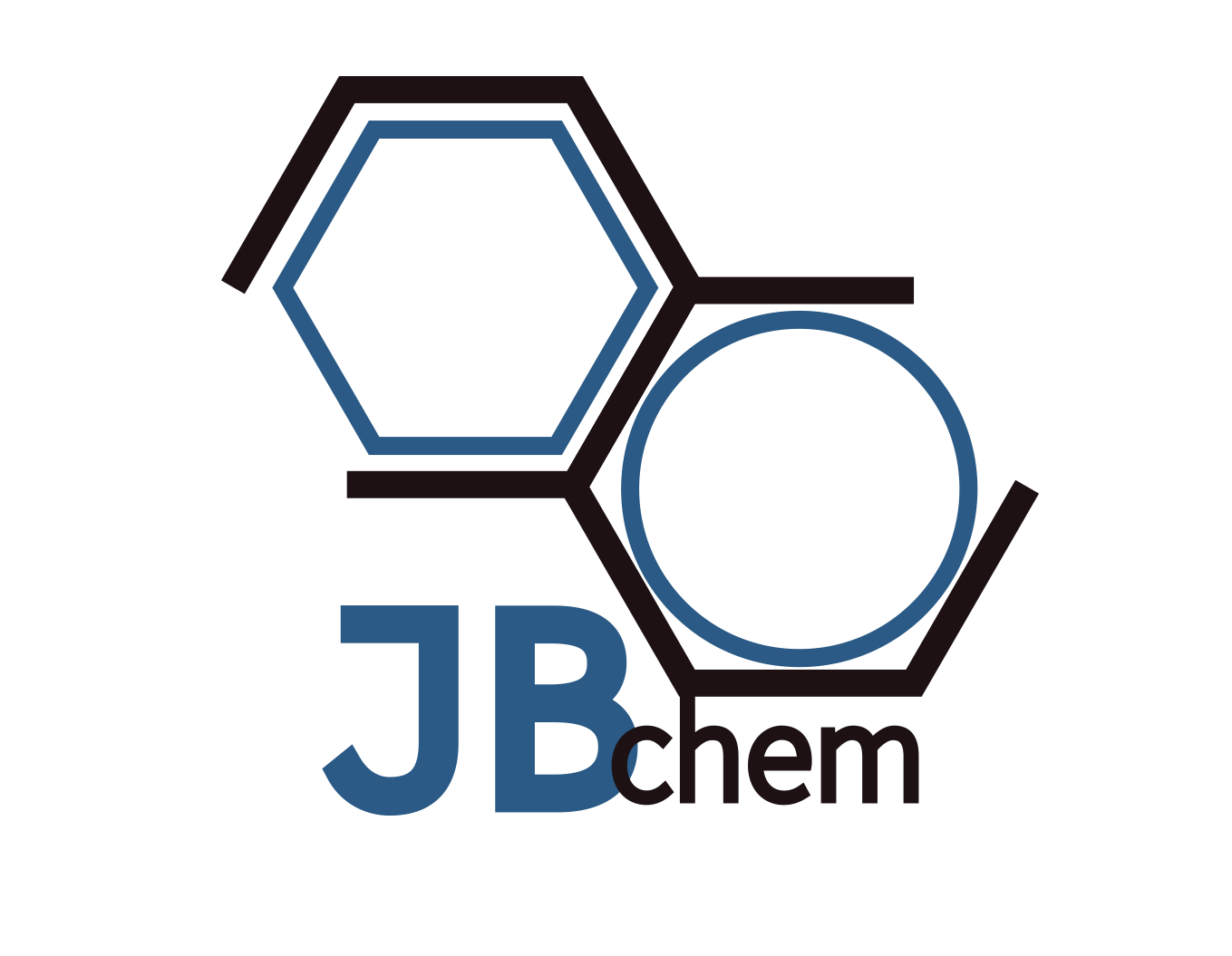Product Properties
Name: Scandium oxide
Formula: Sc2O3
CAS No.: 12060-08-1
Molecular Weight: 137.91
Density: 3.86 g/cm3
Melting point: 2485°C
Appearance: White powder
Specification of Scandume oxide
Product Name | Scandium oxide | ||
Sc2O3/TREO (% min.) | 99.999 | 99.99 | 99.9 |
TREO (% min.) | 99 | 99 | 99 |
Loss On Ignition (% max.) | 1 | 1 | 1 |
Rare Earth Impurities | ppm max. | ppm max. | % max. |
La2O3/TREO | 2 | 10 | 0.005 |
CeO2/TREO | 1 | 10 | 0.005 |
Pr6O11/TREO | 1 | 10 | 0.005 |
Nd2O3/TREO | 1 | 10 | 0.005 |
Sm2O3/TREO | 1 | 10 | 0.005 |
Eu2O3/TREO | 1 | 10 | 0.005 |
Gd2O3/TREO | 1 | 10 | 0.005 |
Tb4O7/TREO | 1 | 10 | 0.005 |
Dy2O3/TREO | 1 | 10 | 0.005 |
Ho2O3/TREO | 1 | 10 | 0.005 |
Er2O3/TREO | 3 | 10 | 0.005 |
Tm2O3/TREO | 3 | 10 | 0.045 |
Yb2O3/TREO | 3 | 10 | 0.05 |
Lu2O3/TREO | 3 | 10 | 0.006 |
Y2O3/TREO | 5 | 10 | 0.01 |
Non-Rare Earth Impurities | ppm max. | ppm max. | % max. |
Fe2O3 | 5 | 20 | 0.005 |
SiO2 | 10 | 100 | 0.022 |
CaO | 50 | 80 | 0.012 |
CuO | 5 | ||
NiO | 3 | ||
PbO | 5 | ||
ZrO2 | 50 | ||
TiO2 | 10 | ||
Application of Scandume oxide
- Solid Oxide Fuel Cells (SOFCs):Scandium oxide is used to enhance the performance of solid oxide fuel cells (SOFCs). When doped into the electrolyte material zirconia (zirconium dioxide), Sc₂O₃ stabilizes the cubic phase of zirconia, thereby increasing the ionic conductivity of the electrolyte at lower temperatures. This improvement allows SOFCs to operate efficiently at lower temperatures, reducing costs and extending the lifespan of the fuel cells.
High-Intensity Lighting: Scandium oxide is utilized in the production of high-intensity discharge lamps. These lamps, which include metal halide lamps, benefit from the addition of scandium because it helps in producing a light with a color closely resembling natural sunlight. This is particularly valuable in applications requiring high color rendering, such as film production, street lighting, and in the horticultural industry for plant growth.
Electronics and Optoelectronics: In the field of electronics and optoelectronics, scandium oxide is used as a material for gate dielectrics in semiconductor devices. Its high dielectric constant and stability under irradiation make it suitable for applications in microelectronics, where it can significantly enhance the performance of transistors and other semiconductor components.
Ceramics and Glass: Scandium oxide is used to produce high-strength, high-toughness ceramics. In glass manufacturing, small amounts of scandium oxide can be added to improve the resistance of the glass to thermal shocks. This is particularly useful in certain scientific and industrial applications where glass components are subjected to rapid temperature changes.
Lasers and Optical Coatings: Sc₂O₃ is used in the production of certain types of lasers, such as solid-state lasers, where it can serve as a host material for various dopants that enable laser activity. Additionally, scandium oxide’s optical properties make it useful in the production of optical coatings. These coatings are applied to lenses and other optical components to enhance their performance by improving light transmission and reducing reflections.

